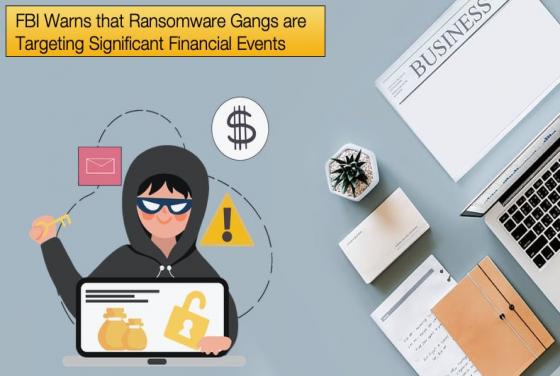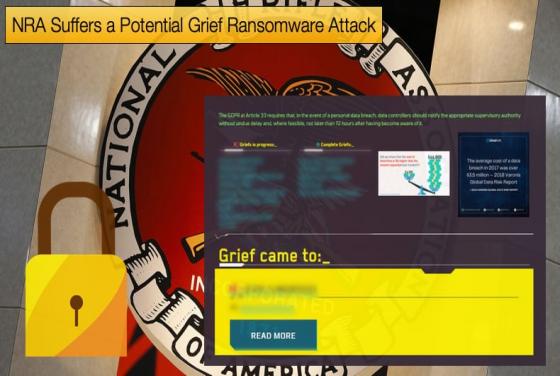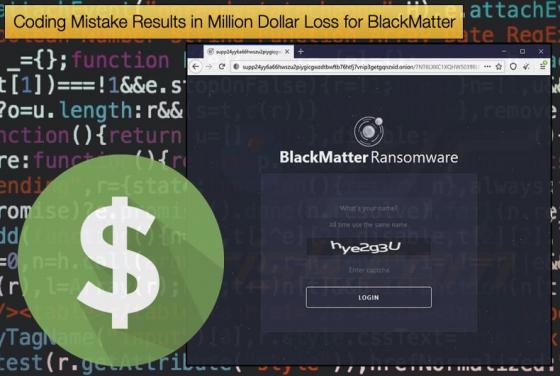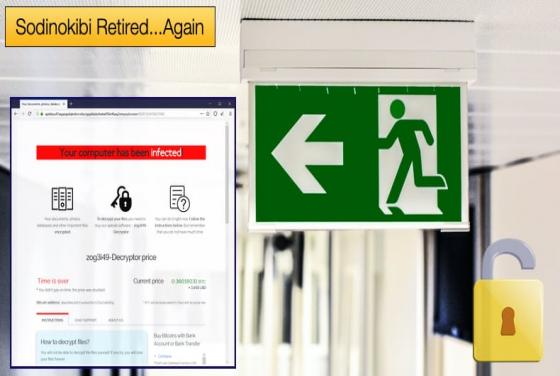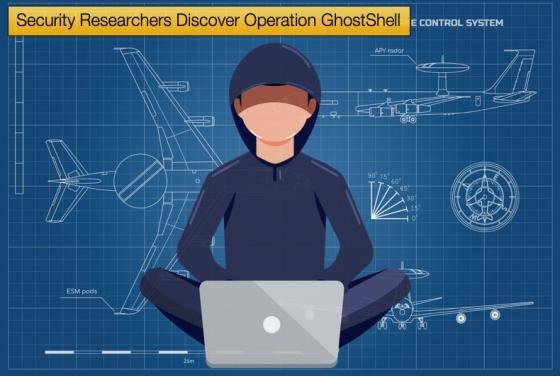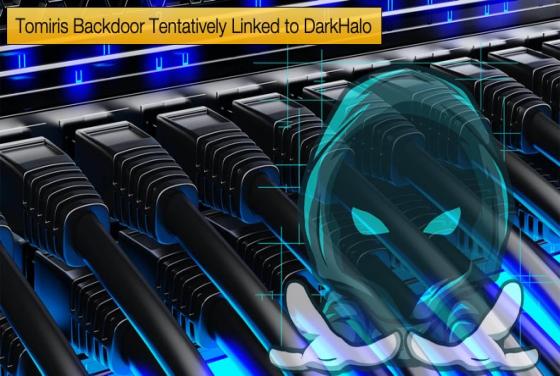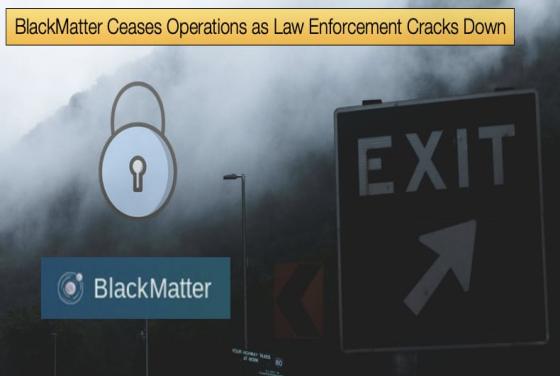

BlackMatter Ceases Operations as Law Enforcement Cracks Down
On November 3, 2021, a Twitter post by vx-underground displayed an announcement by BlackMatter leadership that they were shutting down ransomware operations. The announcement read, “Due to certain unsolvable circumstances associated with pressure from the authorities (part of the team is no longer
